|
119. Boloria dia (Linnaeus, 1767) / Weaver’s fritillary / Nymphalidae –Heliconiinae
NL: paarse parelmoervlinder, akkerparelmoervlinder / D: Hainveilchen-Perlmutterfalter, Magerrasen-Perlmutterfalter, Kleiner Magerrasen-Perlmutterfalter / F: petite violette
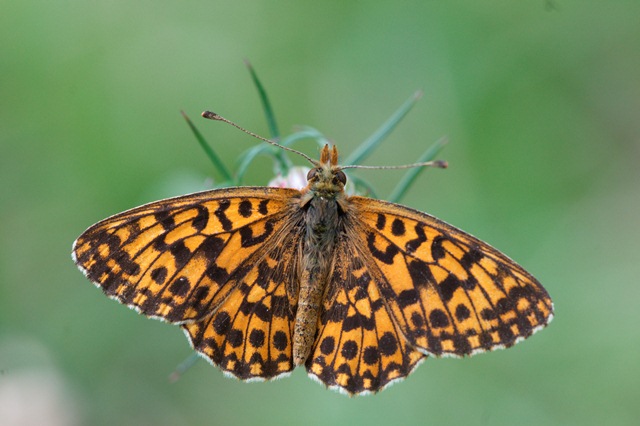  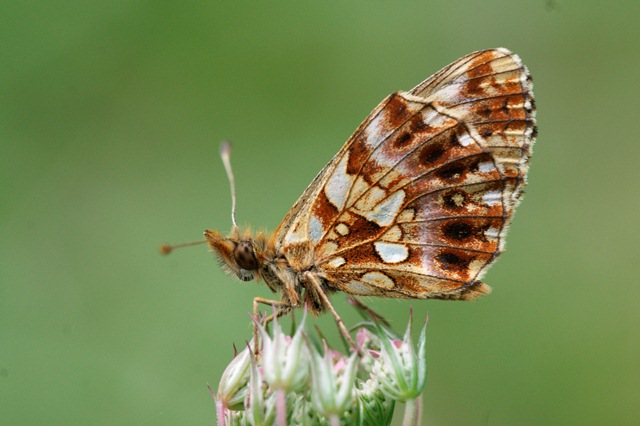
Photographs: Jeroen Voogd, Frits Bink, Jeroen Voogd ©.
Small, wing length 17 (16-19) mm. The species occurs in the Benelux in south Luxemburg and south Wallonia on fallow fields and grassland on warm and dry places on chalk or loamy soils.
Butterfly is on the wing from end-April until early-September and peaks end-May and mid-July.
The species is known from subcontinental and continental climates, amplitude 7 to 17. Required heat sum 700°d and the tolerated 2000°d, corresponding climate windows 24 and 38 weeks.
Ecologically this species is similar to Issoria lathonia but more restricted to places with warm and dry summers. The south of Wallonia is the northern border of its distribution area in Western Europe; however, it may occur as a vagrant further north.
Ecological characteristics
Behaviour over time
Overwintering: larva in third instar in litter layer.
Reproduction: oviposition starts after 4-6 days when the body contains 55 (44-66) eggs, estimated potential production 4 times as much.
Larval feeding periods: in summer brood 21 (16-26) days, in overwintering one about 25 days in the period August until early-October, in spring 30 (21-40) days from early-April until end-May.
Generations: two, three or more.
Spreading of risk: not observed.
Life cycle: egg 6 (5-8) days; larva in summer three weeks, when overwintering 29-39 weeks; pupa 13 (10-16) days.
Life span of adult: rather long, 3 weeks.
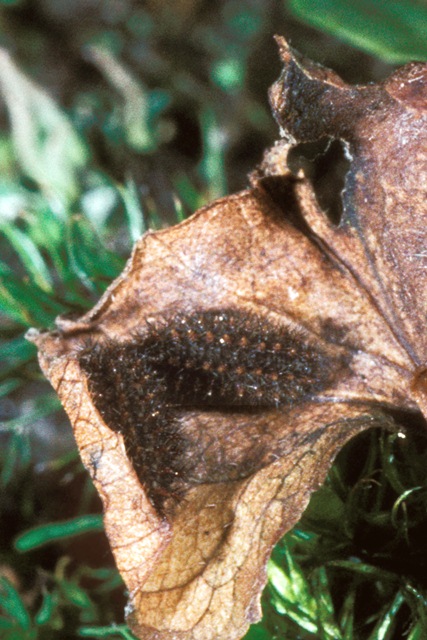 
Photographs: Frits Bink ©.
Behaviour in space
From stay-at-home to migrant: nomad, spatial requirement modest.
Finding a mate: male patrols.
Orientation in the landscape: medium tall grassland.
Oviposition: on the leaf or shoot of a Viola sp.
Defence
Threats from other organisms: larva is armoured with bristle like spines.
Threats from the environment: larva and butterfly are fairly resistant to heat and drought.
Feeding habits
Adult: nectar of all kind of flowers in the grass vegetation.
Larva: often wander around to look for new food plant.
Larval foodplants
Plant species: Violaceae, e.g. Viola arvensis, V. rupestris, V. tricolor, and sometimes also V. canina.
Journal
Rearing experiment based on specimen from Katzenkoepfle, Vosges, France:
4 September 1981: female captured.
8 September: host plants offered for egg laying, Viola tricolor successful, V. canina not accepted.
26 October: larvae 8 mm in length in diapause.
Overwintered in fridge.
11 February 1982: larvae taken out of the fridge.
14 February: a few larvae basked.
21 February: one larva started to eat.
7 March: five nearly fully grown larvae, 16 mm in length.
11 March: first prepupa.
14 March: first pupa.
28 March: first adult appeared.
2 April: six butterflies had emerged.
4 April: all pupae had hatched.
Table 119-1. Results of dissections

Table 119-2. Collection and observation localities
F, Katzenkoepfle, 565m, 48° 01’ 54”N – 7° 06’ 04”E; 4 September 1981.
F, Montmédy, 217 m, 49° 31’ 07”N – 5° 21’ 33” E; 18 August 1984.
F, Vosges, le Zinnkoepfle, 481 m, 47° 57’ 56”N – 7° 15’ 08”E; 10 July 1984.
Fig. 119-1. Boloria dia, phenogram adapted from Fichefet et al. 2008: 183.
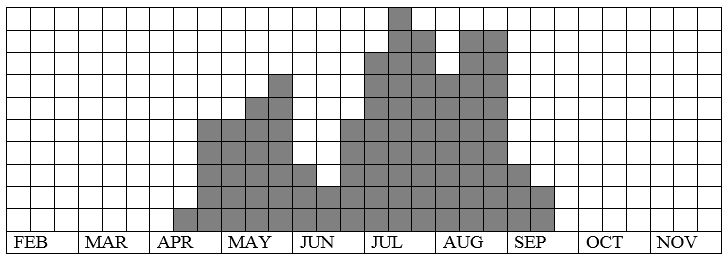
Fig. 119-2. Boloria dia, habitat characteristics.
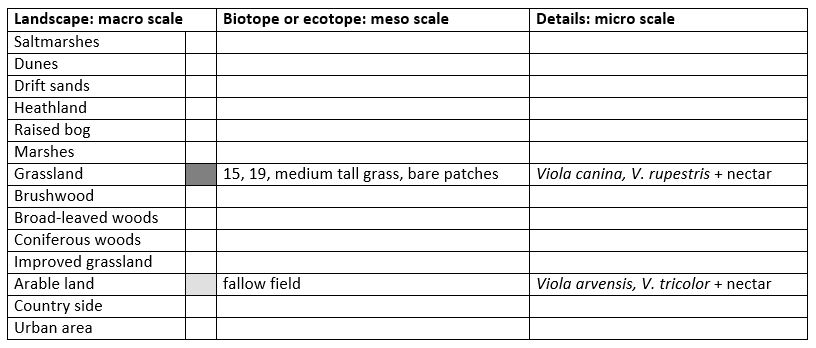
Fig. 119-3. Boloria dia, climate matrix, heat-sums 700 - 2000°d.
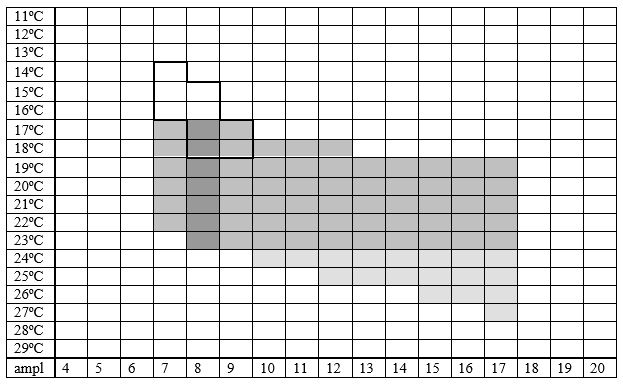
|










